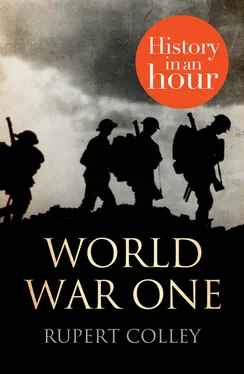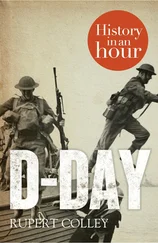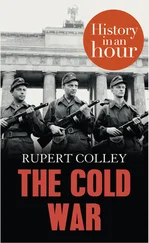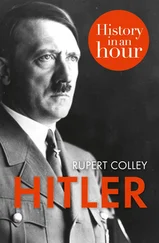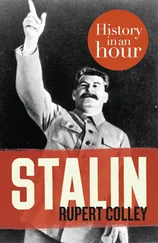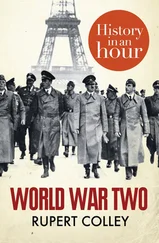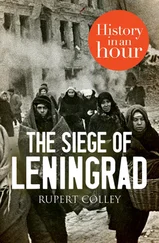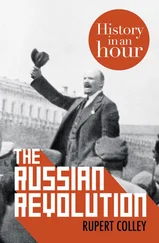The arrival of Gallieni’s taxis saved the day. It was on the River Marne that the Schlieffen Plan came to a shuddering halt. Paris was safe and now it was the turn of the Germans to retreat. They fell back, forty miles north, to the River Aisne where they stopped and dug in. The Allies tried to dislodge the Germans from their defensive positions but, failing to do so, began to dig their own trenches.
General Joffre moved part of his force northwards of the Aisne to try and outflank the Germans. The Germans, now led by Erich von Falkenhayn, moved a comparable number of men to block Joffre’s manoeuvre. Joffre repeated his tactic – as did the Germans, each side constructing trenches as it went along. It developed in what became known as the ‘Race to the Sea’ as each army tried to out lap the other until they both hit the Channel. A similar charade extended the line of trenches south from the Aisne to the Swiss border.
The war of movement had come to an end. The consolidation of defence had triumphed over attack. Stretching 400 miles from the English Channel to Switzerland, lay a network of trenches. They were to remain, by and large, in place for four long years. As 1914 drew to a close, the idea of a short, sharp war had all but vanished. Offence was no match against deeply entrenched defence. Generals on all sides puzzled over this uncomfortable truth.
On Christmas Day, 1914, British troops in the front-line trenches could hear the Germans singing Stille Nacht (Silent Night). The British joined in. Cautiously, soldiers on both sides climbed out of their trenches and walked towards each other across No Man’s Land. They shook hands, exchanged cigarettes, and took photographs of each other. Further up the line, a group of Scots played the Germans at football with helmets for goalposts. The Germans won 3–2. But the festivities had to end. With reluctant handshakes, they each returned to their trenches and grudgingly took up their arms. This fraternization was very much against orders. It was never to happen, to such a large extent, again.
The Eastern Front The Eastern Front Global War The War in Britain The Western Front Gallipoli The Ottoman Empire Verdun Trenches Change at the Top Air and Sea Ireland and Easter Monday Russia and Revolution USA Passchendaele The Spring Offensive, 1918 The Hundred Days Armistice Paris Peace Conference The War to End War? Appendix 1: Key People Appendix 2: Timeline of World War One Copyright Got Another Hour? About the Publisher Конец ознакомительного фрагмента. Текст предоставлен ООО «ЛитРес». Прочитайте эту книгу целиком, купив полную легальную версию на ЛитРес. Безопасно оплатить книгу можно банковской картой Visa, MasterCard, Maestro, со счета мобильного телефона, с платежного терминала, в салоне МТС или Связной, через PayPal, WebMoney, Яндекс.Деньги, QIWI Кошелек, бонусными картами или другим удобным Вам способом.
War had begun on the Eastern Front. Two Russian armies bore down into East Prussia, while the German army was led by the formidable duo of Generals Paul von Hindenburg and Erich Ludendorff. The Germans, in full possession of Russian plans, decimated the first Russian army. ‘The tsar trusted me,’ wailed the Russian commander, Alexander Samsonov. ‘How can I ever face him again?’ He didn’t – he walked into a nearby wood and shot himself. The second Russian army fared no better. The Battles of Tannenberg and the Masurian Lakes went down as terrible defeats for Russia. The Austrian–Hungarian empire, the instigators of this whole war, was faring no better.
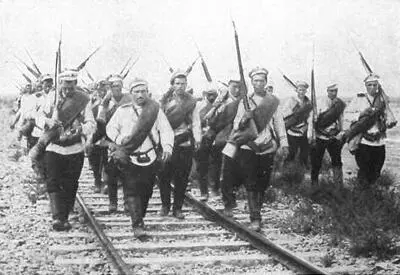
Russian infantry, 1914
The Germans now found themselves in the very situation they had wanted to avoid – a war on two fronts. A system of over 1,000 miles of defensive trenches appeared on the Eastern Front. Although much longer – unlike the Western Front, the front lines were often as much as fifty miles apart – these fronts were not continuous, and were lightly defended. German sources of manpower and equipment were stretched even further when, throughout the war, they were obliged to send reinforcements to help the Austrian–Hungarians. They felt as if they were ‘shackled to a corpse’.
Global War Global War The War in Britain The Western Front Gallipoli The Ottoman Empire Verdun Trenches Change at the Top Air and Sea Ireland and Easter Monday Russia and Revolution USA Passchendaele The Spring Offensive, 1918 The Hundred Days Armistice Paris Peace Conference The War to End War? Appendix 1: Key People Appendix 2: Timeline of World War One Copyright Got Another Hour? About the Publisher Конец ознакомительного фрагмента. Текст предоставлен ООО «ЛитРес». Прочитайте эту книгу целиком, купив полную легальную версию на ЛитРес. Безопасно оплатить книгу можно банковской картой Visa, MasterCard, Maestro, со счета мобильного телефона, с платежного терминала, в салоне МТС или Связной, через PayPal, WebMoney, Яндекс.Деньги, QIWI Кошелек, бонусными картами или другим удобным Вам способом.
The British asked their dominions to seize nearby German colonies, requests that were gladly accepted. By October 1914, Samoa had fallen to New Zealand, and German New Guinea and the Bismarck Archipelago (modern-day Papua New Guinea) to Australia.
Japan declared war on Germany on 23 August 1914 and promptly seized all the German-held islands in the North Pacific. In September, Japanese forces landed in neutral China and laid siege to the German base at Tsingtao on the coast of China, capturing it on 7 November.
In Africa, the war was fought against the German colonies. In German East Africa, the maverick German commander, Paul von Lettow-Vorbeck, held out for the whole war, only surrendering on 23 November 1918. Elsewhere, Germany lost its colonies in West Africa with Togoland and Cameroon falling to the Allies, and in the south where South Africa conquered German South West Africa (Namibia) with relative ease.
On 23 May 1915, Italy entered the war on the side of the Allies. Having joined the Triple Alliance with Germany and Austria–Hungary in 1882, Italy had kept its neutrality until lured into war on the Allies’ side by British promises of Habsburg territory.
The War in Britain The War in Britain The Western Front Gallipoli The Ottoman Empire Verdun Trenches Change at the Top Air and Sea Ireland and Easter Monday Russia and Revolution USA Passchendaele The Spring Offensive, 1918 The Hundred Days Armistice Paris Peace Conference The War to End War? Appendix 1: Key People Appendix 2: Timeline of World War One Copyright Got Another Hour? About the Publisher Конец ознакомительного фрагмента. Текст предоставлен ООО «ЛитРес». Прочитайте эту книгу целиком, купив полную легальную версию на ЛитРес. Безопасно оплатить книгу можно банковской картой Visa, MasterCard, Maestro, со счета мобильного телефона, с платежного терминала, в салоне МТС или Связной, через PayPal, WebMoney, Яндекс.Деньги, QIWI Кошелек, бонусными картами или другим удобным Вам способом.
Читать дальше
